What is ITOps? Why IT operations is more crucial than ever in a multicloud world
Dynatrace
DECEMBER 15, 2022
As more organizations adopt cloud-native technologies, traditional approaches to IT operations have been evolving. This transition to public, private, and hybrid cloud is driving organizations to automate and virtualize IT operations to lower costs and optimize cloud processes and systems. So, what is ITOps? Performance.








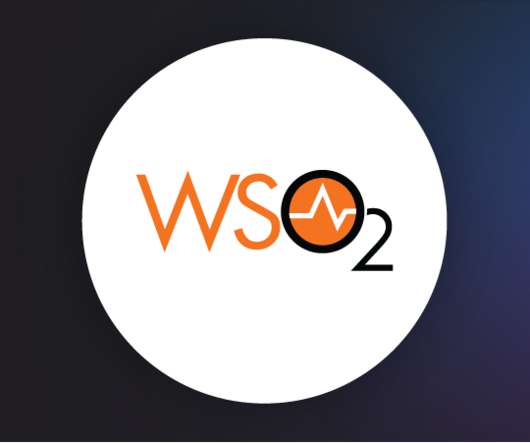



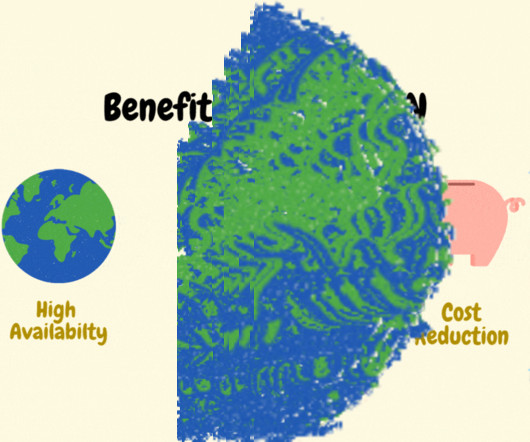

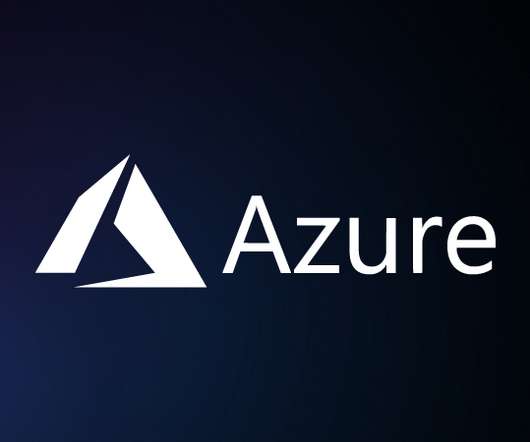






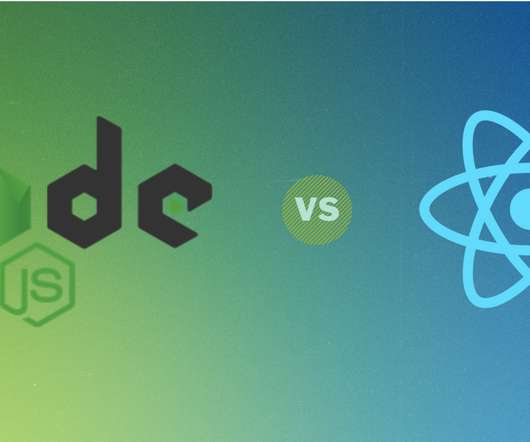


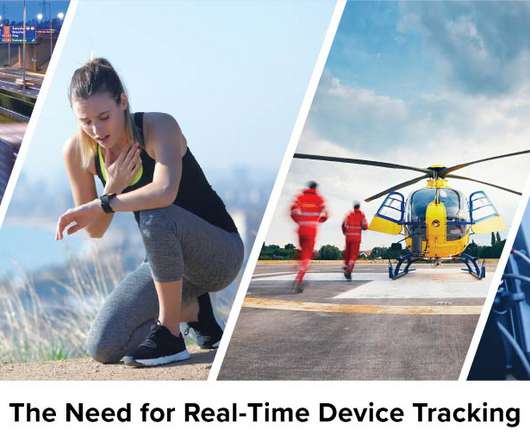
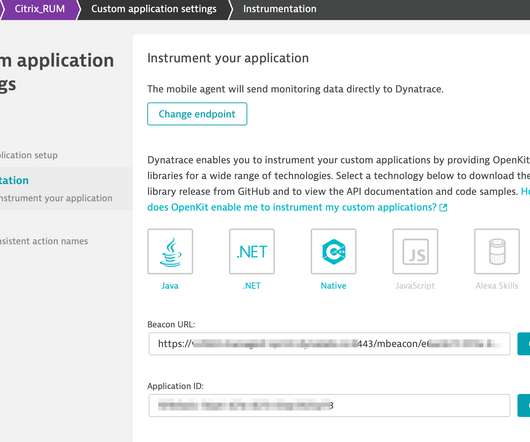

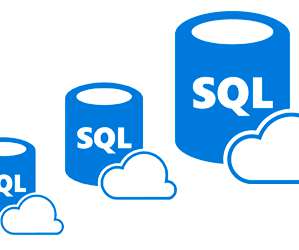
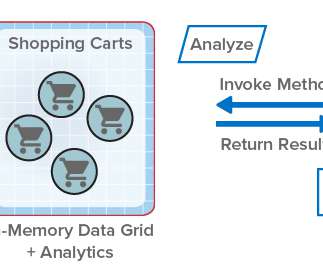
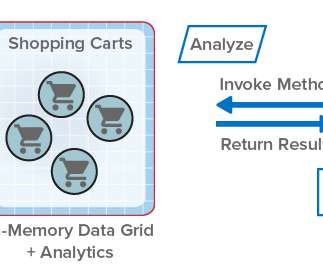



















Let's personalize your content